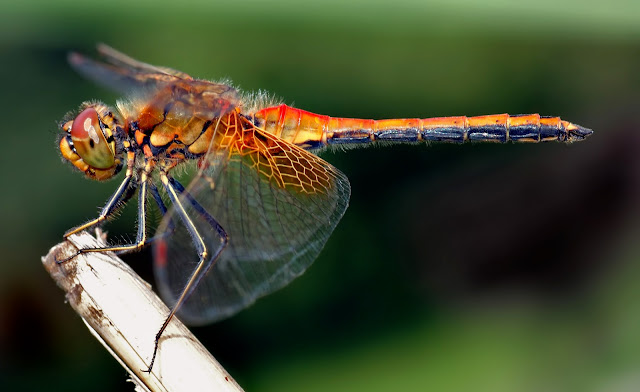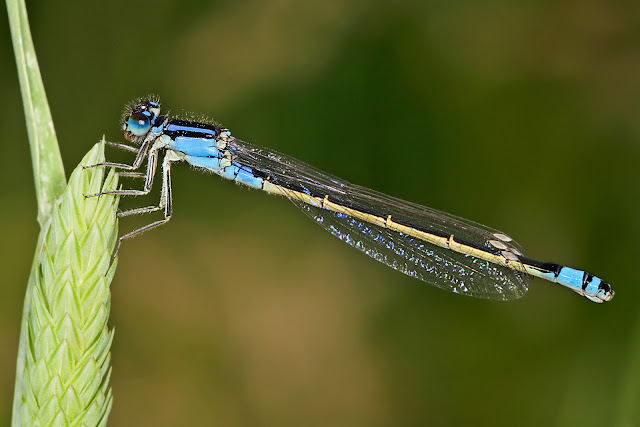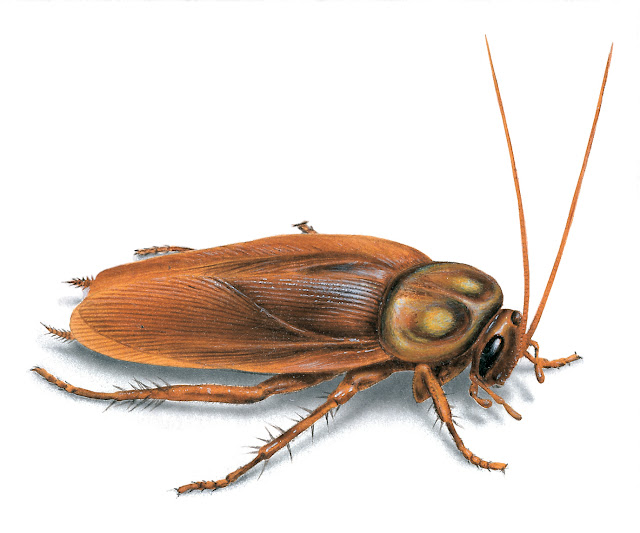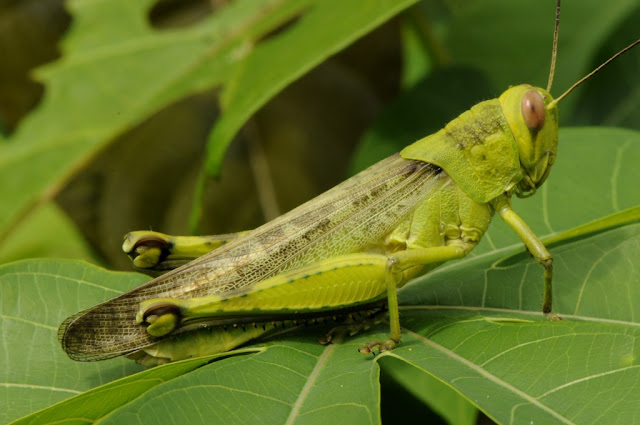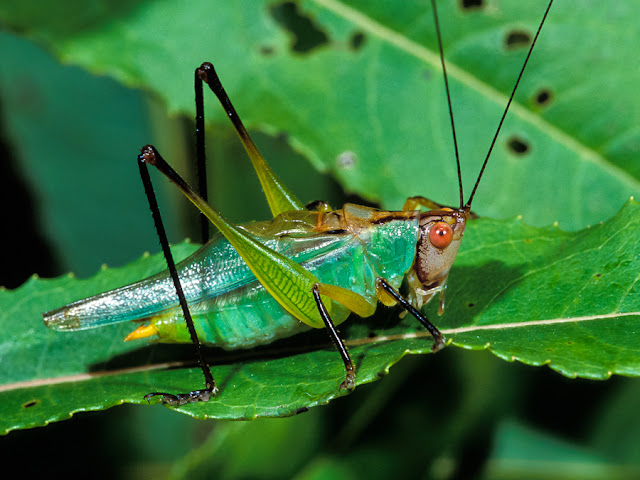Insect identification: Characteristics, example, and habitats of family Lapismatidae, Aeshinadae, Coenagrinidae, Blattidae, Mantidae, Tettigoniidae
Family name: Lapismatidae
Example: Silver fish
- Body soft, elongate,covered with scales
- Antennae long, many segmented, filiform type.
- Tarsi 3-4 segmented
- Eyes: Compound, Ocelli absent
- Mouthparts: Chewing
- Metamorphosis: Incomplete
- A Pair of long cerci with a medial caudal filament present.
- Habitats: Library pest. Pest on paper, starch, silk. Destroy books journals, magazine, newspaper etc.
Family name: Aeshinadae
- Head usually not transversely elongated, abdomen narrow and slender
- Wing membranous, precise of brace vein and stigma on front wing held horizontally when at rest,hind wing wider than front
- Eyes: Compound
- Mouthparts: Chewing
- Metamorphosis: Incomplete
- Habitats: Found near ponds, streams, marshes lakes, rivers etc. Adults are free living. Predator on small insect
Family name:Coenagrinidae
Example:Damsel fly
- Head usually elongated, abdomen narrow and elongated
- Wing usually held at the angle of body
- Both wings are similar in shape and size and both narrow and transparent.
- Wings are light brown in colour
- Habitats: Found near ponds, streams, marshes lakes, rivers etc. Adults are free living. Predator on small insect
Family name:Blattidae
- Head and thorax covered by shield shape pronotum
- Antennae usually long, filiform type.
- Fore wing leathery, textured (tegmina) and hind wing membranous
- Leg: Running type
- Eyes: Compound
- Mouthparts: Chewing
- Metamorphosis: Incomplete
- Habitats: They are omnivorous. Usullay live near bathroom, latrin, store house and kitchen. Eggs are laid in otheca
Family name:Mantidae
- Elongated, large and slow moving insect. Head highly movable & not covered by pronotum. Prothorax graetly elongated
- Leg grassping (raptorial) type. Front tibia and femur with strong spine adapted for preying, front coxa very long
- Mouthparts: Chewing
- Metamorphosis: Incomplete
- Habitats: Prey on other insect live inside the vegetation. Eggs are deposited on grasses or twigs on plants. Enclosed eggs laid which is called otheca in which more than 200 eggs are found.
Family name:Acrididae
- Auditory organ present at the first segment of abdoment. Ovipositor short
- Front wing modified into tegmina and hind wing membranous
- Hind leg jumping type, tarsi 3 segmented
- Eyes: Compound
- Mouthparts: Chewing
- Metamorphosis:Incomplete
- Stidulatory organ present on the front wing and hond femur in male produce sound
- Habitats: Herbivorous pest of different plants like rice etc. Eggs are laid on ground and sometimes inside the plan tissue
Family name: Tettigonidae
- Ovipositor long, laterally flattened and blade like
- Antennae longer than the body, filiform type
- Tarsi 4 segmented, hind leg jumping type
- Eyes: Compound
- Mouthparts: Chewing
- Metamorphosis: Incomplete
- They have well developed stidulatory organ
- Auditory organ when present located at the base of front tibia
- Habitats: They feed on vegetation. Eggs are laid on ground and sometimes inside the plant tissue
If you can’t understand something please comment below…

